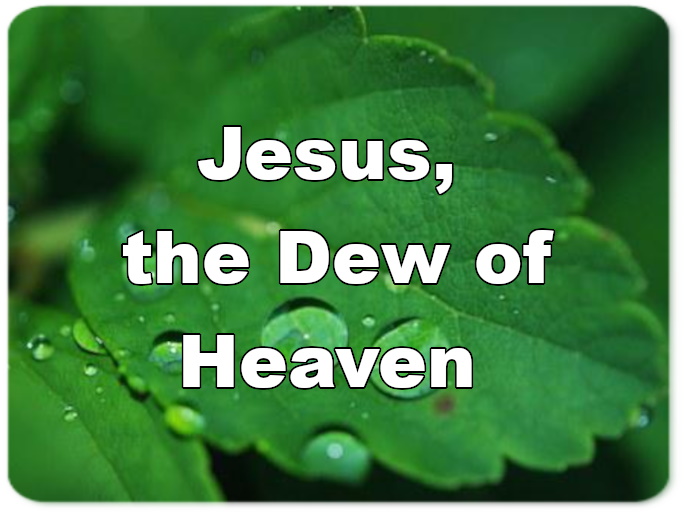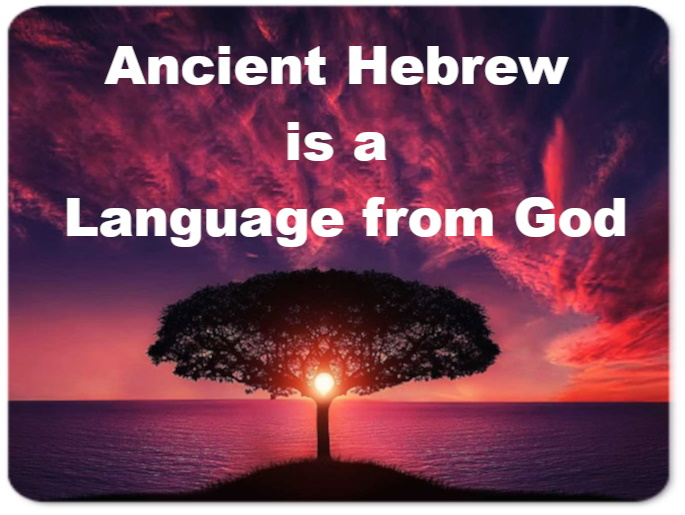
Ancient Hebrew is one of the oldest languages still in use today. This ancient language was spoken by the Jews before their exile from Israel in the 5th century BC, and it remains a liturgical language of Judaism today. In addition to its religious uses, ancient Hebrew is also known for its extensive literature, including the Bible and other religious texts.
The origins of the Hebrew alphabet are a mystery. It is believed that the alphabet was created by the Sumerians, who lived in what is now Iraq, in about 3100 BC. The Sumerians were probably the first people to develop a writing system. One of their key ideas was that they used pictures to represent words or ideas.
The Hebrew Bible (also known as the Tanach by Jews and the Old Testament by Christians) was written by Hebrews whose language and culture was considerably different from ours as expressed in this pictographic Hebrew script (as well as a modified pictographic form known as Paleo-Hebrew). As a result, learning the old Hebrew alphabet, language, and culture can assist us in better comprehending Biblical texts.
When it comes to pronouncing ancient Hebrew words, there are a few things you need to keep in mind. First, ancient Hebrew is pronounced differently than modern Hebrew. Furthermore, the pronunciation of ancient Hebrew practiced today can vary depending on which region of the world you are from. Here are a few tips on how to pronounce ancient Hebrew words correctly:
1) Make sure to emphasize the last part of each word. For example, the word “Elohim” should be pronounced as “e-lo-heem”.
2) In ancient Hebrew, each letter corresponds to a certain sound. Make sure to learn the sounds of each letter before attempting to pronounce any words.
3) Many ancient Hebrew words are spelled differently than they are pronounced.
Ancient Hebrew had a very complex grammar, with many rules that were not always consistent. There were several aspects of Ancient Hebrew grammar that were unique to the language and were not found in other languages. One example was the use of prefixes and suffixes to create verb forms, which often had different meanings than the same verb form without the prefix or suffix. Another unique feature of Ancient Hebrew grammar was the use of particles [typically prepositions hooked on to verbs] that indicate nuances in meaning. These particles could change the interpretation of a sentence depending on its position in it.
Ancient Hebrew, while not the most commonly used language today, still has words that appear in English. Here are some of the most common Ancient Hebrew words and their definitions.
Elohim – A word meaning “God” or “gods”. It is found more than 2,000 times in the Hebrew Bible.
Mashiach – The anointed one. This word is found only twice in the Hebrew Bible.
Rabbi – Teacher or master. This word is derived from the root meaning “to learn”.
Tzedakah – Justice, righteousness, or charity. This word appears more than 150 times in the Hebrew Bible.
Ancient Hebrew words are still used in modern Hebrew and have been adapted into other languages as well. Many of these words have unique or specific meanings that are not found in other languages.
When you think of ancient texts, what comes to mind? Maybe something in Latin or Ancient Greek? What about texts in Ancient Hebrew? Believe it or not, there are some ancient texts that have been preserved in the Hebrew language, which has a long and complicated history. It is one of the oldest languages in the world and was spoken by the Israelites over three thousand years ago. Today, there are very few people who can read and write ancient Hebrew, but there are still some texts that have been preserved in this ancient language.
One of the most famous examples of an ancient Hebrew text is the Bible. The Bible was originally written in ancient Hebrew, and parts of it are still read in services today. We know from the Qumran Dead Sea Scrolls, in addition to religious texts, there are also some secular works that were written in ancient Hebrew. These include historical documents, poetry, and even cookbooks!
Despite its age, ancient Hebrew is still a very readable language. The words may be unfamiliar to most people, but with a little practice, the language can be read fluently. Ancient Hebrew has a unique structure and syntax that make it different from other languages, but it is still possible to understand what is being said. The history and culture behind ancient Hebrew make it an interesting topic of study, and the language can be used to communicate with others who have a deep interest in the subject.
Although some believe Ancient Hebrew is a dead language, because it ceased to be used as a mother tongue more than 2,000 years ago, its legacy is very much alive. Ancient Hebrew was the original language of the Bible. The Old Testament was written in Ancient Hebrew and so were many of the important religious texts of the time. Even after Ancient Hebrew fell out of use, it continued to be studied and used by scholars and theologians. Its influence can be seen in many modern languages, including English. In recent years, there has been a renewed interest in Ancient Hebrew and its potential for revitalization. Some people believe it could be taught as a second language in schools or used as a tool for bringing together different religious groups. While there are no definitive answers yet, the future of Ancient Hebrew looks very bright because Prophet Zephaniah tells us, “For then will I turn to the people a pure language, that they may all call upon the name of the LORD, to serve him with one consent” (Zeph. 3:9). According to this prophecy, Hebrew will be ushered in again as a pure language from God.
Written by Dr. Charles Lu
5/21/2022, CA
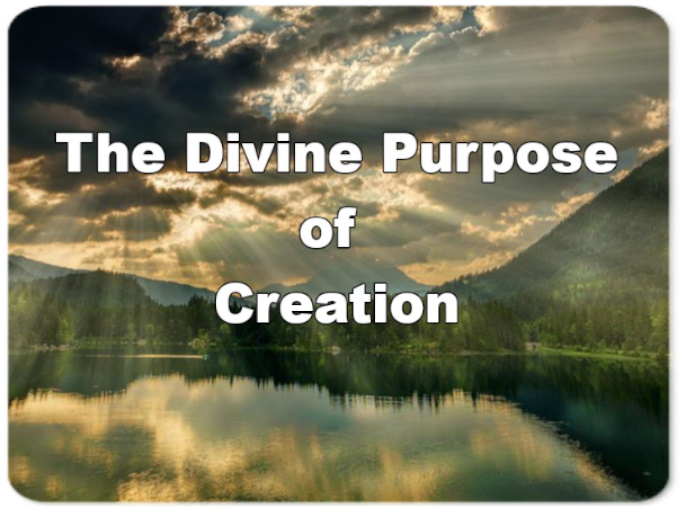
Many may ask,“What is the “real” Divine purpose of Creation? The answer – surprisingly, is hidden in the book of Revelation.
Traditionally speaking, one will usually quote from a familiar Bible verse. “And God said, ‘Let us make man in our image, after our likeness: and let them have dominion’” (Gen. 1:26). Therefore, many view the purpose of creation as reflecting God’s image and glory on the earth. We can draw a similar conclusion because God wants companionship. He is a God-of-love, so God is indeed Someone who desires fellowship. But is that all? These traditional views are certainly not wrong, but I suggest there is something more to the purpose of creation.
Genesis 2:24 is at the heart and purpose of God’s creation, “Therefore shall a man leave his father and his mother and shall cleave unto his wife: and they shall be one flesh.” The word “one” in Hebrew is ‘eḥāḏ , which means more than “oneness”, but a “coming together” as one. We are starting to see God’s wisdom in unfolding the purpose of creation through the institution of a legal proceeding – marriage. Could coming together as one in marriage be a “shadow of the things to come?”
The prophet Isaiah has signaled his readers with a profound verse that directs us to the Book of Revelation. “Declaring the end from the beginning, and from ancient times the things that are not yet done, saying, My counsel shall stand, and I will do all my pleasure” (Isaiah 46:10). Isaiah is giving us a key to this age-long question about the purpose of creation. What we first read in Genesis about marriage can be found in the book of Revelation. We can even rephrase Isaiah’s powerful words as “Declaring the end [marriage in the book of Revelation] from the beginning [marriage in the Book of Genesis].”
What did John see? When one turns to the book of Revelation, one will notice these verses. “And I, John, saw the holy city, new Jerusalem, coming down from God out of heaven, prepared as a bride adorned for her husband. And I heard a great voice out of heaven saying, Behold, the tabernacle of God is with men, and he will dwell with them, and they shall be his people, and God himself shall be with them, and be their God” (Rev. 21:2-3). Written by John the Revelator almost 2000 years ago, he alone saw the mystery of the ages being unfolded before his eyes; God has given him a glimpse of a forthcoming “new heaven and a new earth.” Upon the “creation” of this new Jerusalem, surprisingly, it carries the same central theme as the old heaven and the old earth – marriage; one can say, a marriage covenant is being instituted “again!” in the Millennium, and that – is the purpose of creation.
Do you know that an unbeliever is being portrayed as married to the world? The Hebrew word for a false Canaanite deity is “baʿal ,” which means “husband.” Also, Jesus teaches, “Ye cannot serve God and mammon” (Mat. 6:24). Do you know that this Chaldean word “mammon” means not only “wealth” but is also personified as “a god”? Finally, John exhorts us, “Love not the world, neither the things that are in the world. If any man love the world, the love of the Father is not in him.” (1John 2:15)
It is hard to imagine that many people surrounding us are “married” to the god of this world. Do we know what their final fate will be? It is even more urgent that we talk to them now and bring them into a “marriage relationship” with Jesus, thus fulfilling the “real” Divine purpose of creation.
Written by Dr. Charles Lu
5/21/2022, CA
許多人可能會問:創造的‘真正’神聖目的是什麼?答案 — 令人驚訝的是,隱藏在啟示錄中。
傳統上,人們通常會引用熟悉的聖經經文。 “神說:「我們要照著我們的形像、按著我們的樣式造人,使他們管理…’(創 1:26)。因此,許多人認為創造的目的是在地球上反映上帝的形象和榮耀。我們可以得出類似的結論,因為上帝想要陪伴。他是慈愛的神,所以神確實是一個渴望團契的人。但僅此而已嗎?這些傳統觀點當然沒有錯,但我認為創作的目的還有更多。
創世記 2:24 是上帝創造的核心和目的,“因此,人要離開父母,與妻子連合,二人成為一體。”希伯來語中的“一體”一詞是‘eḥāḏ’,意思不只是“一體”,而是“合而為一”。我們開始看到上帝通過建立法律程序—婚姻來展現創造的目的的智慧。在婚姻中走到一起會是未來事物的影子嗎?
先知以賽亞用的經文向他的讀者發出信息,將我們引向啟示錄。 “我從起初指明末後的事,從古時言明未成的事,說:我的籌算必立定;凡我所喜悅的,我必成就。”(以賽亞書 46:10)。以賽亞給了我們一把鑰匙,讓我們了解這個由來已久的關於創造目的的問題。我們在創世記中第一次讀到的關於婚姻的內容可以在啟示錄中找到。我們甚至可以將以賽亞強有力的話語重新表述為“從一開始[創世記中的婚姻]就宣告結束[啟示錄中的婚姻]。”
約翰看到了什麼?翻到啟示錄,就會注意到這些經文。 “我又看見聖城新耶路撒冷由 神那裡從天而降,預備好了,就如新婦妝飾整齊,等候丈夫。我聽見有大聲音從寶座出來說:「看哪, 神的帳幕在人間。他要與人同住,他們要作他的子民。 神要親自與他們同在,作他們的 神。”(啟. 21:2-3)。 2000 年前約翰 (John the Revelator) 所寫,只有他一個人見證了歷代的奧秘在他眼前展開;上帝讓他瞥見了即將到來的“新天新地”。令人驚訝的是,在這個新耶路撒冷的“創造”上,它帶有與舊天舊地相同的中心主題—婚姻;可以說,婚約正在“再次製定”!在千年中—是新創造的目的。
你知道不信的人被描繪成嫁給了世界嗎?假迦南神祇的希伯來語是“baʿal”,意思是“丈夫”。此外,耶穌教導說,“你們不能事奉上帝和瑪門”(馬太福音 6:24)。你知道這個迦勒底詞“瑪門”不僅意味著“財富”,而且還被擬人化為“假神”?
最後,約翰告誡我們:“不要愛世界和世界上的事。人若愛世界,愛父的心就不在他裡面了。” (約翰一書 2:15) 很難想像我們周圍的許多人都“嫁給”了這個世界的神。我們知道他們最終的命運會是什麼嗎?更緊迫的是,我們現在與他們交談,讓他們與耶穌建立“婚姻關係”,從而實現創造的“真正”神聖目的。
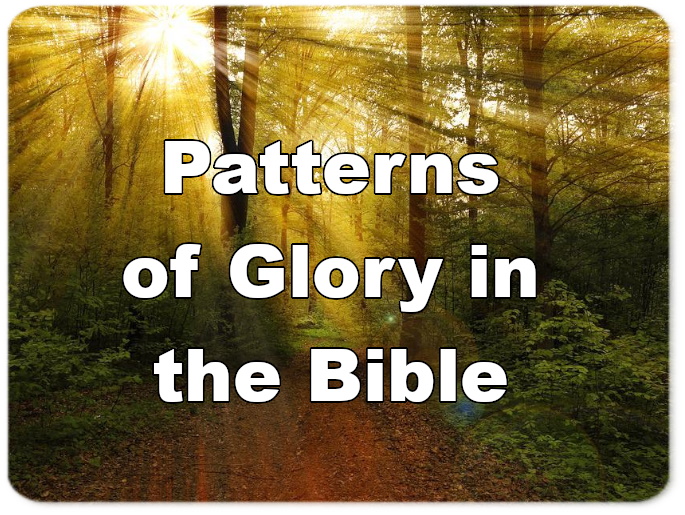
Patterns of the Glory in the Bible (Please click on blue link to open)
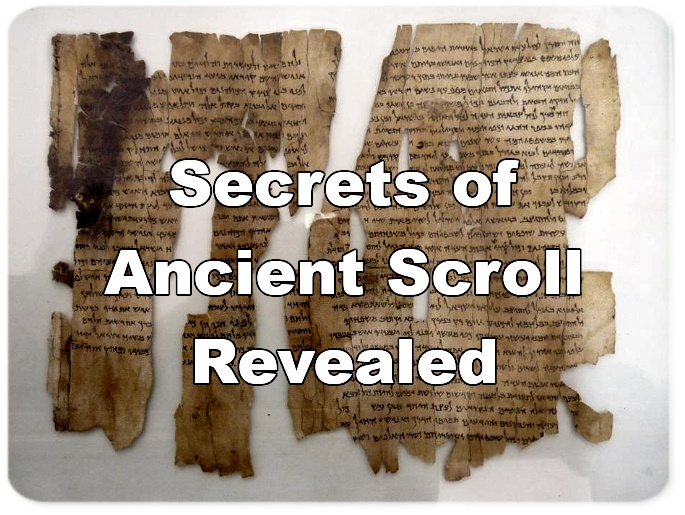
Secrets of the Ancient Scroll Revelaed in Names (Please click on blue link to open)
Coming New Book -- 2022
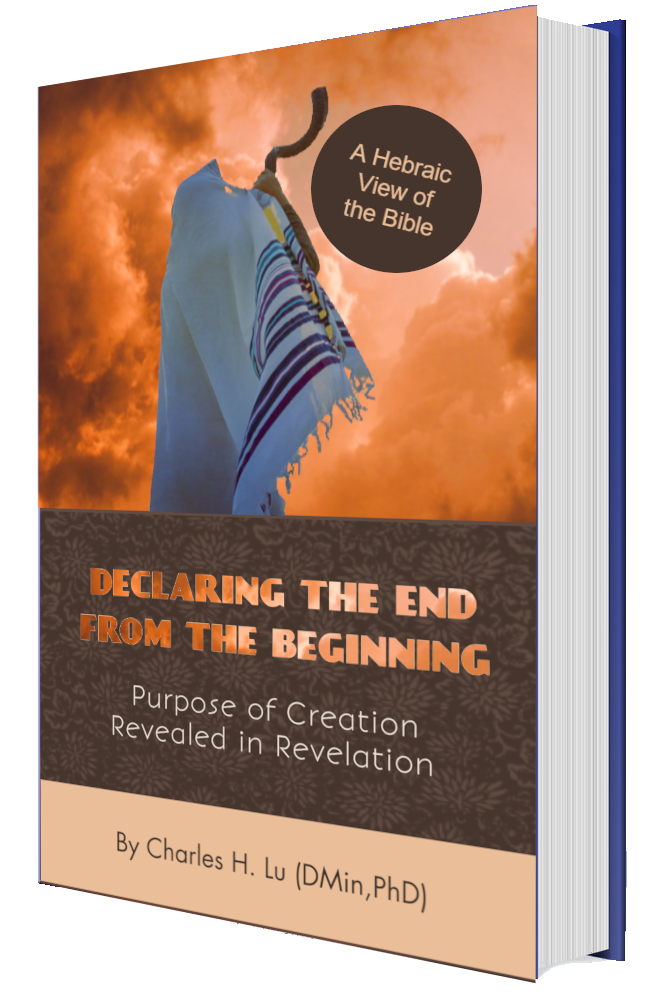
Coming New Book -- 2022

